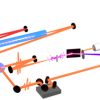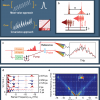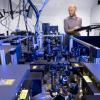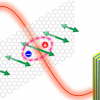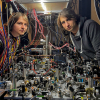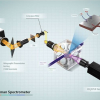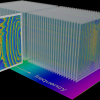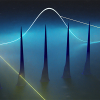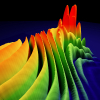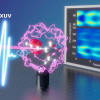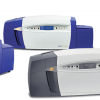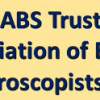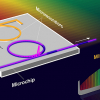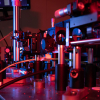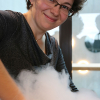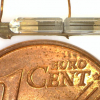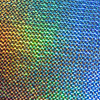Laser Spectroscopy News
Scientists at the Max Born Institute have managed to generate attosecond pulses at 100 kHz repetition rate. This enables new types of experiments in attosecond science.
New work demonstrates transient non-linear spectroscopy based on covariance methods and its advantages over mean-value-based approaches. A generalisation of this approach could be a game change in non-linear spectroscopy in the optical region.
Two-quantum multidimensional coherent spectroscopy (2Q-MDCS) quantifies precise biexciton binding energy leading to applications in future devices based on biexcitons in transition metal dichalcogenides (TMDCs).
Researchers have developed a novel method of coherent 2D micro-spectroscopy, which provides spectral resolution for both excitation and detection steps in combination with microscopic spatial resolution and 20 fs temporal resolution.
Researchers from the University of Warsaw have built the first quantum processor in Poland and are putting it to use in spectroscopy. They’ve demonstrated how quantum information processing can efficiently provide information on matter hidden in light.
Researchers improve their scientific understanding of heterogeneous catalysis by imaging the gas just above the surface of the catalyst.
Scientists at the Max-Planck Institute of Quantum Optics have moved holography forward by implementing it with optical frequency combs.
The first demonstration of direct fs-pulse emission from a quantum cascade laser in the mid-infrared region paves the path towards novel applications of ultrashort laser pulses.
The ability to combine and recombine solitons opens new applications in spectroscopy and materials processing.
The New York/New Jersey Section of the Society for Applied Spectroscopy are seeking nominations for their 2022 Gold Medal Award.
Attosecond transient absorption spectroscopy can track the movement of electrons at a specific site of a molecule, which permits tracing the evolution of the molecular system with spatial resolution at the atomic scale.
By combining mass spectrometry with laser spectroscopy and simulation techniques, researchers have revealed key differences in the fragmentation of dipeptide biomolecules with different chiral structures.
The Talbot effect has been used to create an interference pattern with hard X-ray beams at a sub-nanometre wavelength (0.17 nm) enabling the study of nanoscale transport phenomena.
Applied Photosphysics was founded from research by George Porter on uses of lasers for laser flash photolysis analysis of fast reactions in 1971.
Applications are invited for two awards administered by the ABS Trust.
Researchers from Chalmers University of Technology have developed a microcomb design with up to ten times higher net conversion efficiency.
Forced to consider new research opportunities due to lockdown restrictions, researchers from the Physics department of the Politecnico di Milano developed an innovative connection between the field of artificial intelligence and non-linear optics.
Quantum cascade laser absorption spectroscopy can identify nitrous oxide molecules containing two rare isotopes of nitrogen and oxygen.
Scientists at the University of Bonn have built optical fibre filters in a very simple way. They are not only extremely compact and stable, but also colour-tuneable.
Strong investment in photonics will help us fight infectious diseases that kill an unimaginable number of people and prepare us against future pandemics, says Dr Jürgen Popp of the Leibniz Center for Photonics in Infection Research (LPI) that is currently under construction in Jena.

